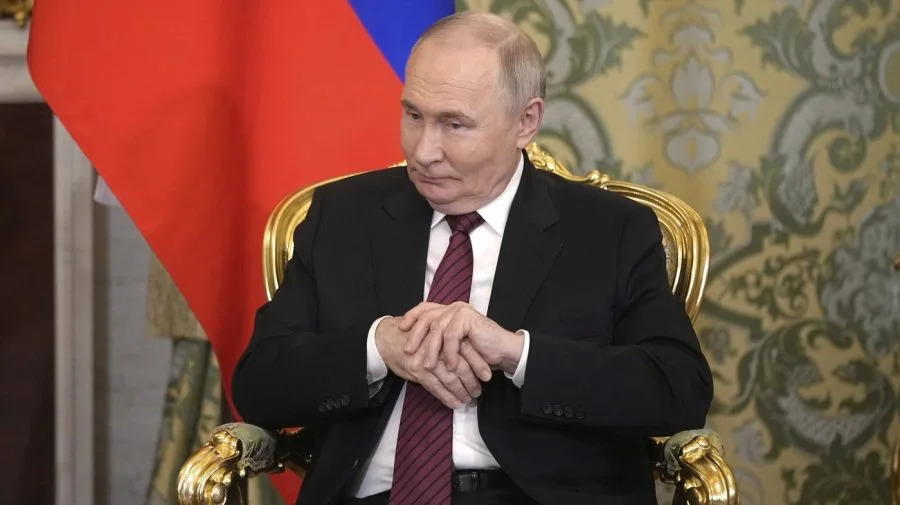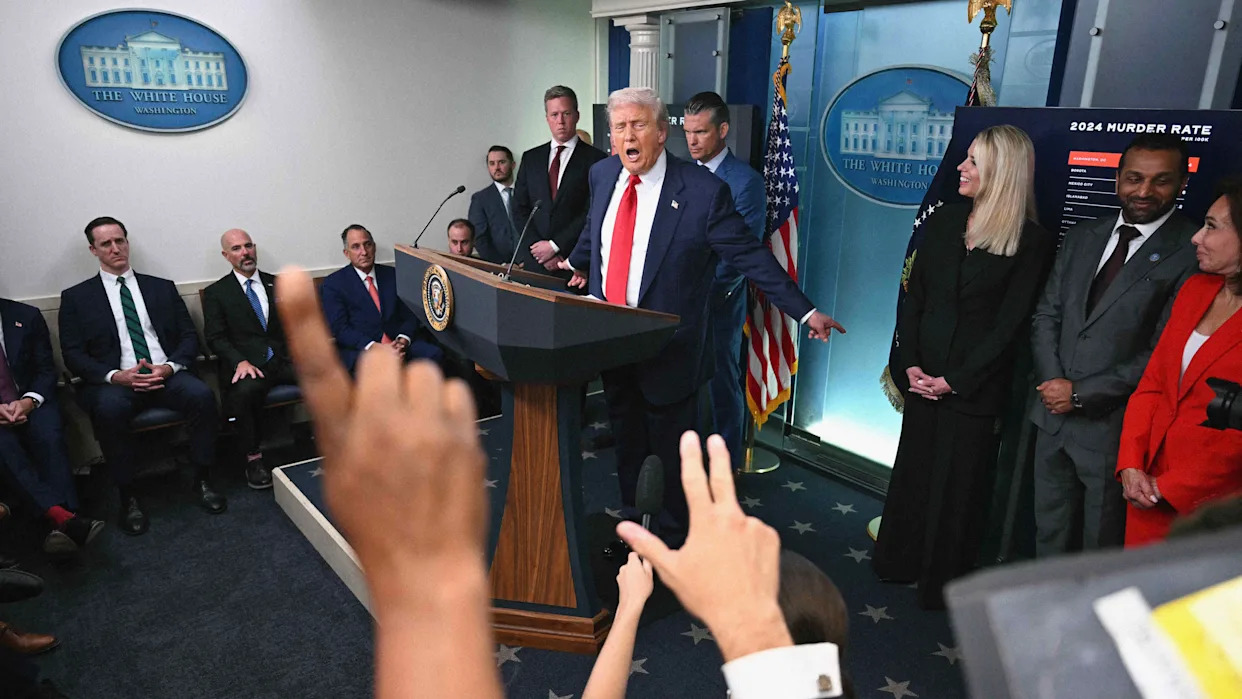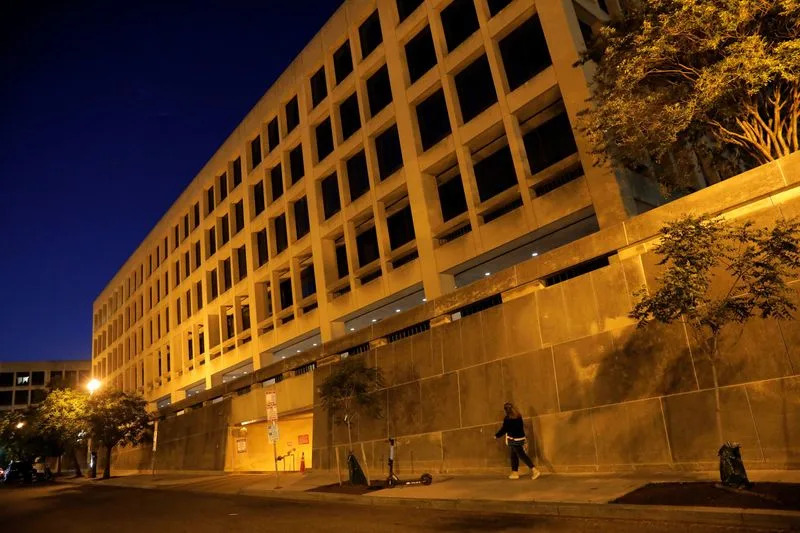
It has long been evident that President Trump believed Russian President Vladimir Putin could be persuaded to settle for less than the total conquest of Ukraine — specifically, for control over the Donbas region in the east — and that this would somehow be a reasonable “deal.” From the moment Russia invaded in 2022, many analysts warned that Putin’s ambitions extended well beyond those two provinces. Trump’s 2024 election victory set up a test.
Now, more than three years into the war and seven months since his return to the White House, Trump seems to believe that moment has arrived. His planned Aug. 15 meeting with Putin in Alaska suggests that the Russian leader may finally be ready to sign on to such an arrangement.
The outlines of a deal are familiar: Russia retains roughly one-fifth of Ukrainian territory in exchange for a ceasefire and some form of security arrangement that halts the war.
It is not yet clear if Putin would actually agree, and if agreement might not be a trick. But no less an obstacle may be Ukrainian President Volodymyr Zelensky.
Over the weekend, a day after the Alaska meeting was announced, Zelensky reiterated that “Ukrainians will not gift their land to the occupier.” At the same time, he left the door open to “real decisions” for peace — but only, he emphasized, with Ukraine at the table.
Trump and Putin plan to meet without Zelensky. There is a game of great powers with spheres of influences and vassal states that can be bullied.
Trump does not lack bargaining chips. The most immediate is the secondary sanctions package scheduled to take effect this month, which would impose tariffs and other penalties on countries —including allies such as India — buying Russian oil, effectively forcing governments to choose between discounted energy and access to the U.S. market. The threat has been enough to rattle Russia’s trading partners and, if maintained, could pressure Moscow toward compromise.
Ukraine also has a fresh offer of military support from NATO countries, one that Trump himself endorsed with NATO Secretary General Mark Rutte last month. It allows NATO states to supply Ukraine with American weapons and ammunition for the foreseeable future. That guarantee of ongoing Western backing makes it less likely that Kyiv can be coerced.
If Zelensky is to contemplate a deal that cedes territory, he would be wise to demand compensations that go beyond words — they must be concrete, enforceable and immediate. Given the nature of things, he will need Trump to represent him at the table, beginning with the Alaska meeting.
The core elements of a deal acceptable to Ukraine might include the following.
EU membership: Ukraine’s fast-track admission to the European Union would give it a secure economic and political anchor in the West, even without NATO membership. Brussels will inevitably invoke its process and the need for reforms — especially on corruption — but events have overtaken bureaucracy. Ukraine has earned the right to be integrated fully into Europe. Trump can strong-arm the Europeans to make this happen.
Reparations for destruction: Russia should be required to pay, directly or indirectly, for the rebuilding of Ukraine’s cities, roads and energy infrastructure. This is a moral and practical necessity given the estimated half-trillion dollar reconstruction cost over the next decade. Frozen Russian funds, estimated at over $300 billion, can be applied toward this.
Return of abducted civilians and prisoners: The safe return of the thousands of Ukrainians, including children and political detainees, believed to have been taken into Russian custody since the war began must be non-negotiable.
A binding non-aggression agreement: Russia’s invasion shattered trust across the region. Any settlement must include a formal pledge, with verification mechanisms, that Moscow will not attack Ukraine again or undermine its sovereignty through covert means. Given Russia’s meddling in recent decades in Moldova, Georgia and other former Soviet republics in addition to Ukraine, this guarantee must be broad and backed by enforceable consequences.
These provisions would not make the loss of territory painless, but they could give Ukraine a secure future within the European sphere and the breathing room to rebuild. These concessions would be hard to extract from Putin — but that’s what negotiations are all about. Trump and his team need to come armed with carrots and a very big stick.
The stakes are high enough for some chances to be taken, since the war’s toll is staggering. Ukraine’s economy has contracted by roughly 20 percent. Daily military expenditures are estimated at $140 million, totaling about $51 billion a year. Western nations have poured more than $100 billion in aid into the fight, but the damage is overwhelming: millions displaced, tens of thousands killed and over 10,000 documented civilian deaths.
Russia has paid heavily as well. By mid-2024, its war bill had reached $250 billion, with defense spending consuming 40 percent of the government budget this year. Falling oil and gas revenues have deepened the strain. Over 100,000 Russian soldiers are estimated to have been killed — a human cost that would be politically unsustainable in a more open society.
That Putin has been willing to bear such losses to enlarge the world’s biggest country by a marginal amount is a testament to the pathological nature of his rule. That pathology is unlikely to vanish — which is why any deal must not simply stop the shooting, but guard against the next war.
If Trump can do that, he may indeed bring the Ukraine war to a close. If he can also force Netanyahu to end the Gaza war, a Nobel Peace Prize ceases to be absurd. History works in strange ways, through the strangest of agents.
Dan Perry is the former Cairo-based Middle East editor and London-based Europe-Africa editor of the Associated Press, the former chairman of the Foreign Press Association in Jerusalem and the author of two books.
Copyright 2025 Nexstar Media, Inc. All rights reserved. This material may not be published, broadcast, rewritten, or redistributed.
For the latest news, weather, sports, and streaming video, head to The Hill.







Comments